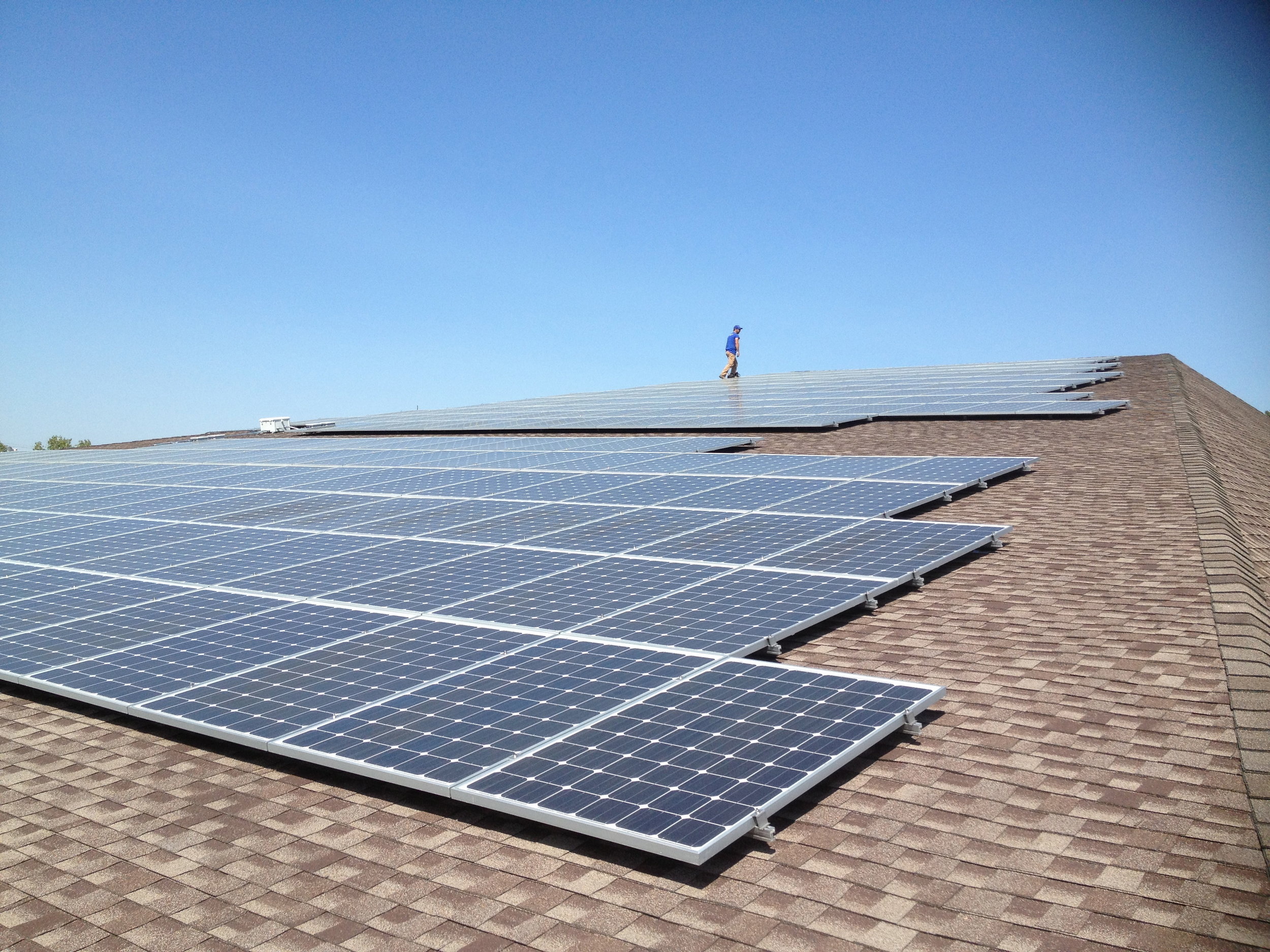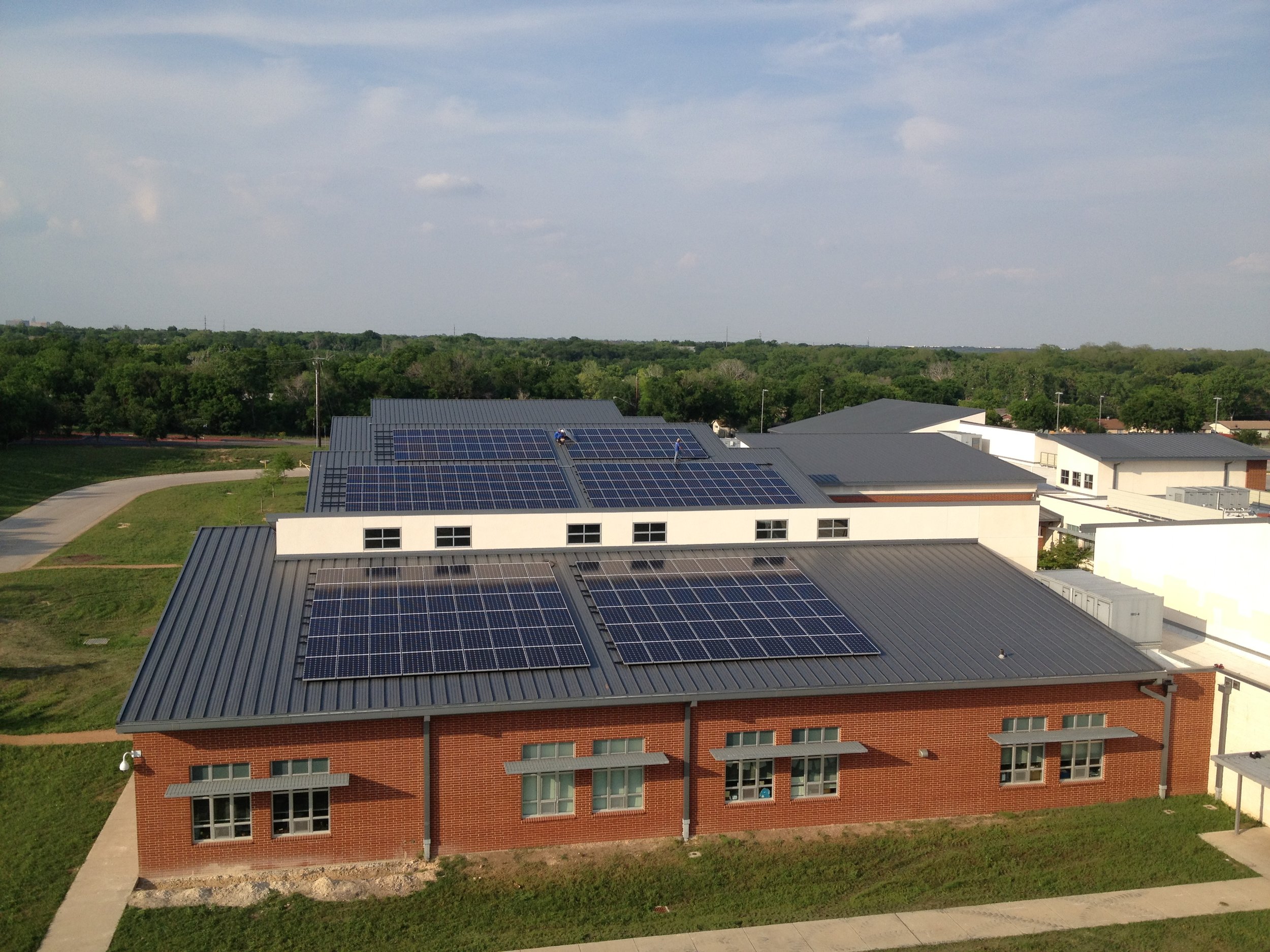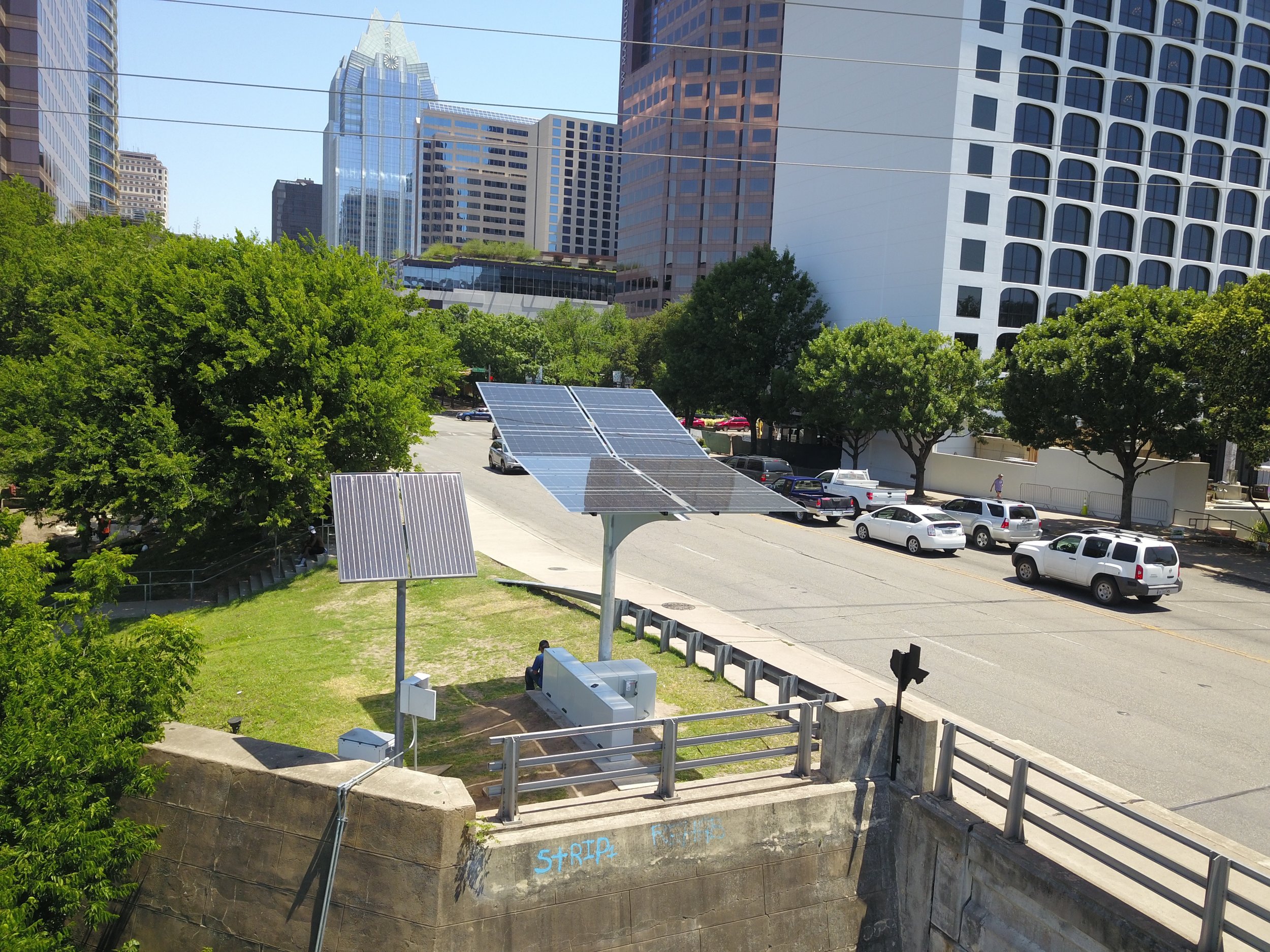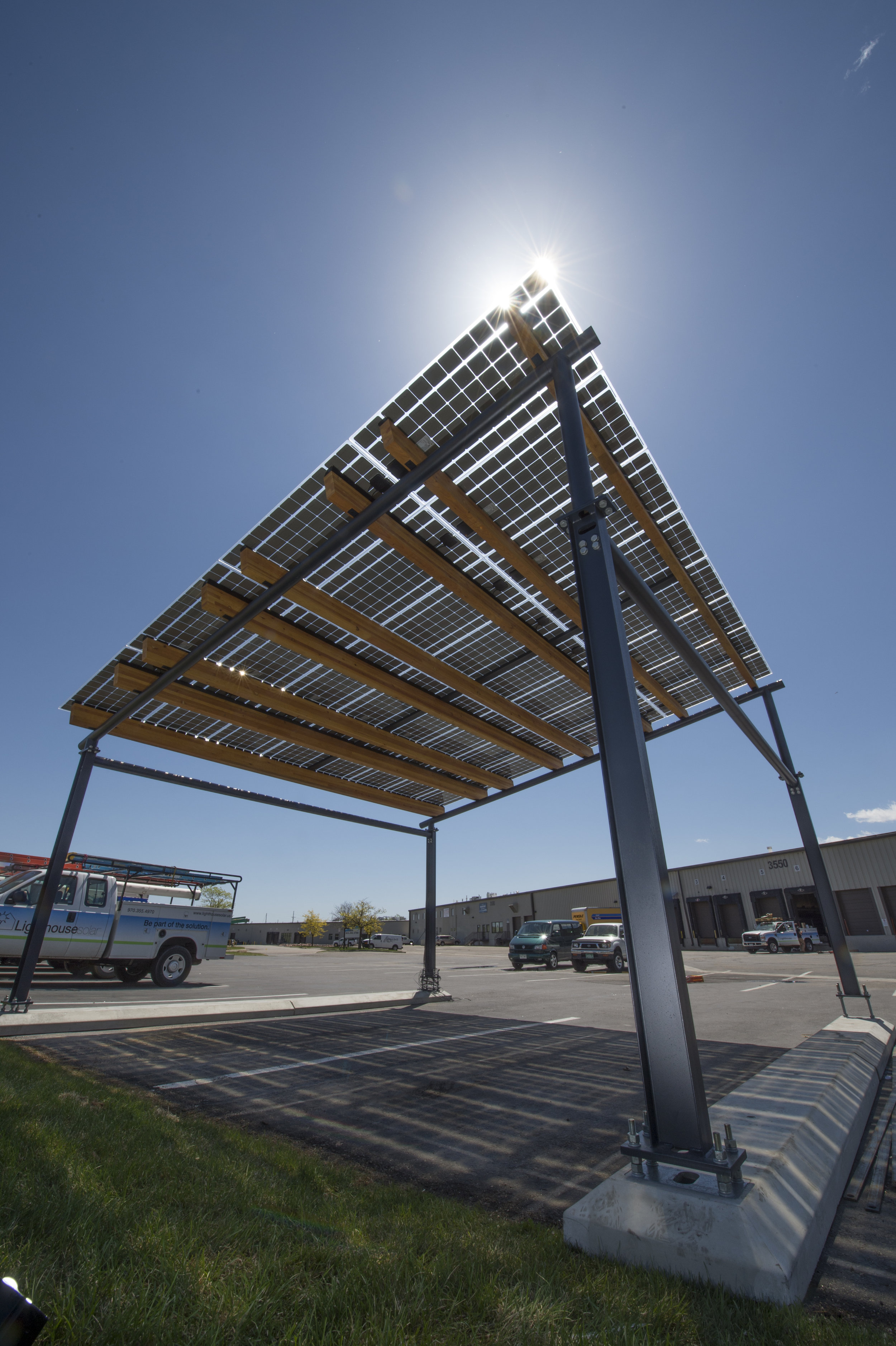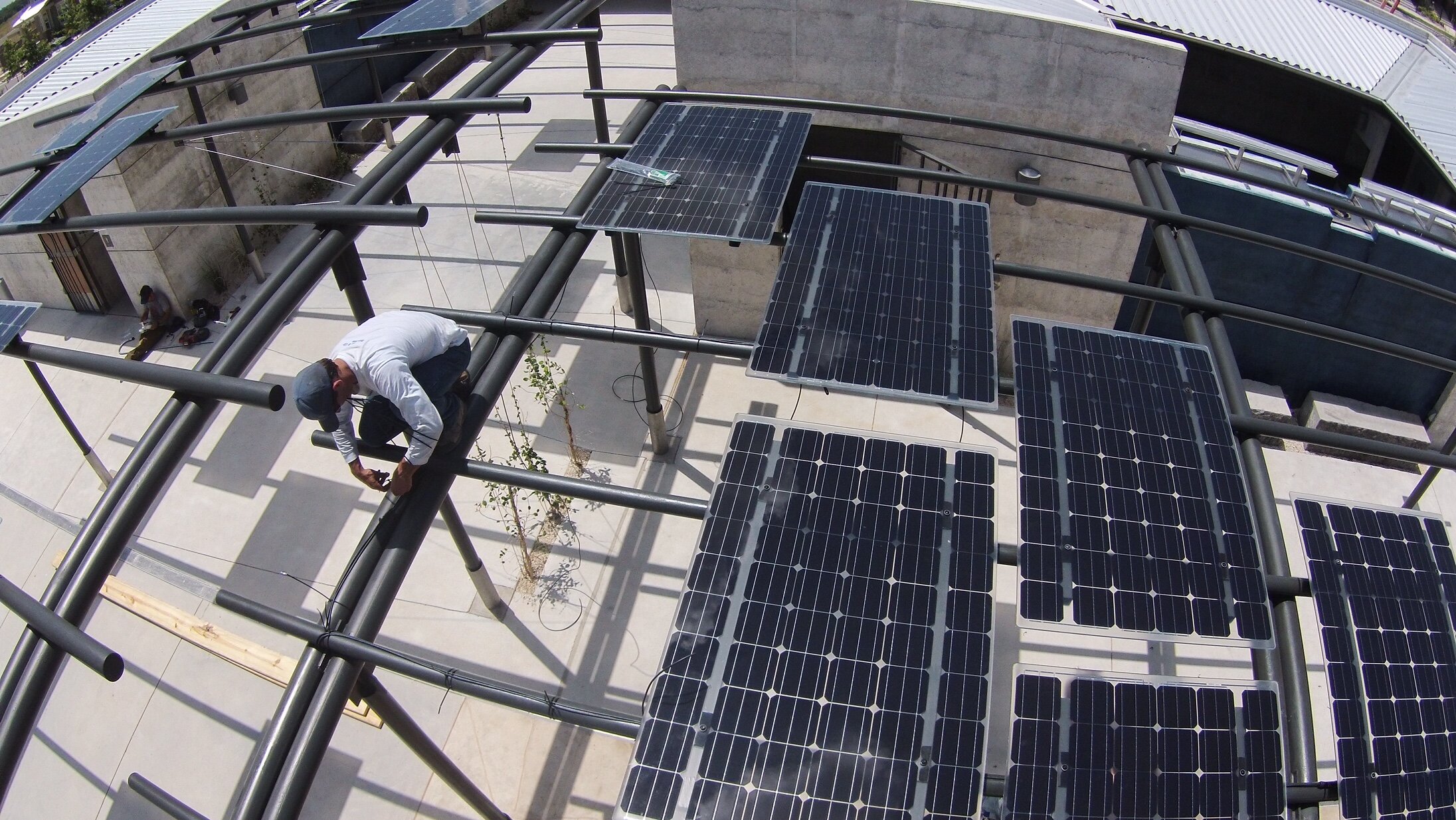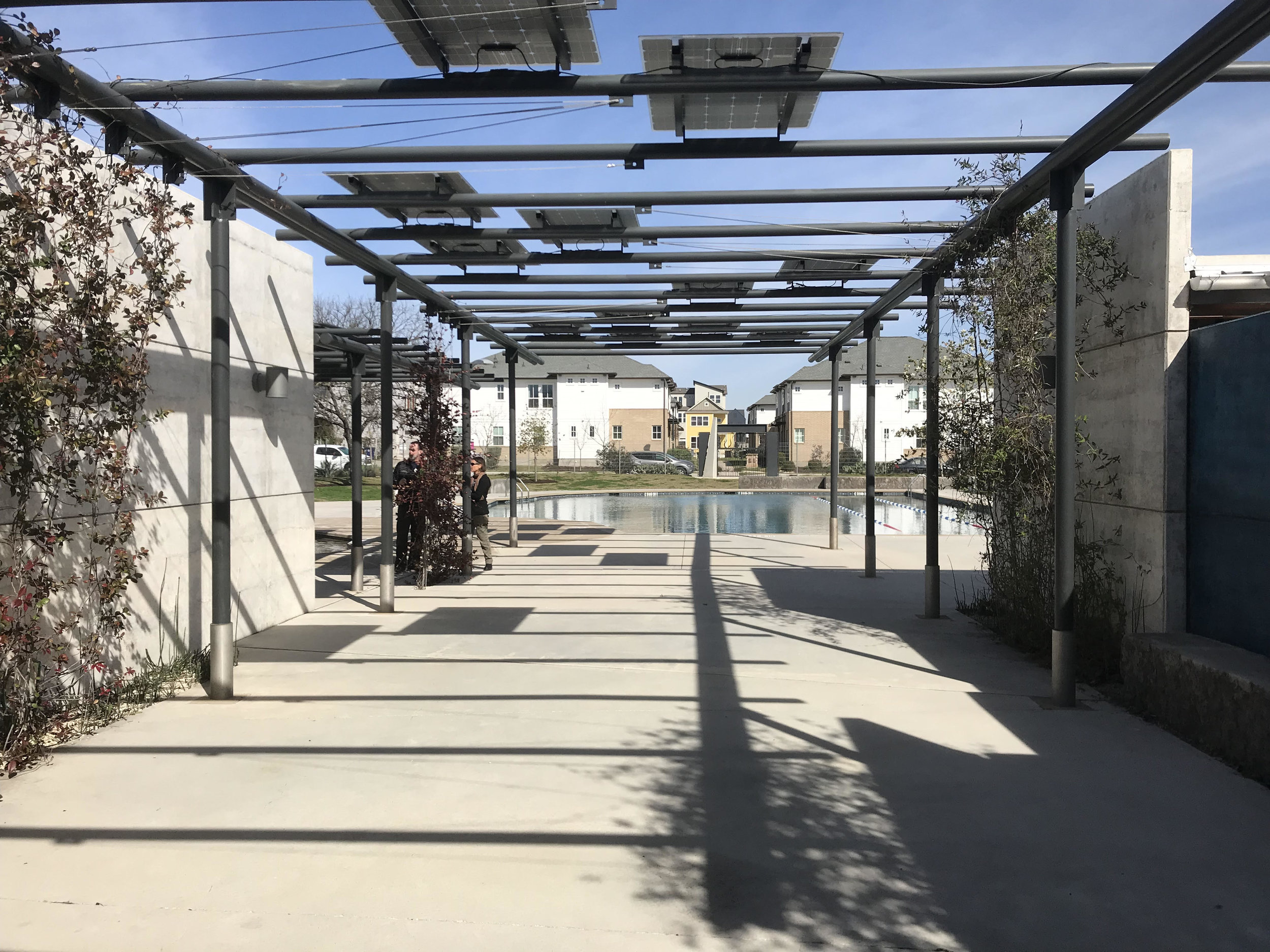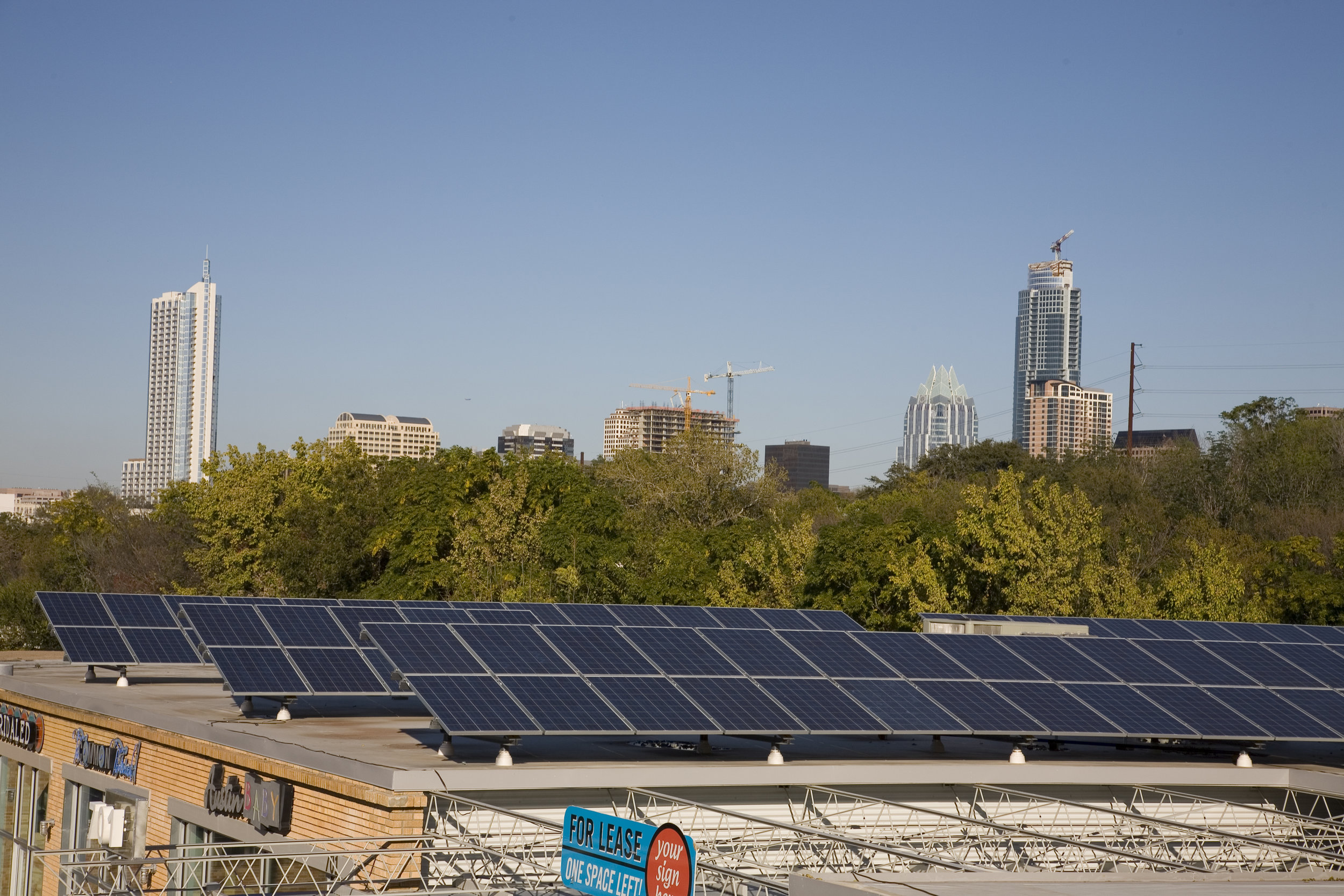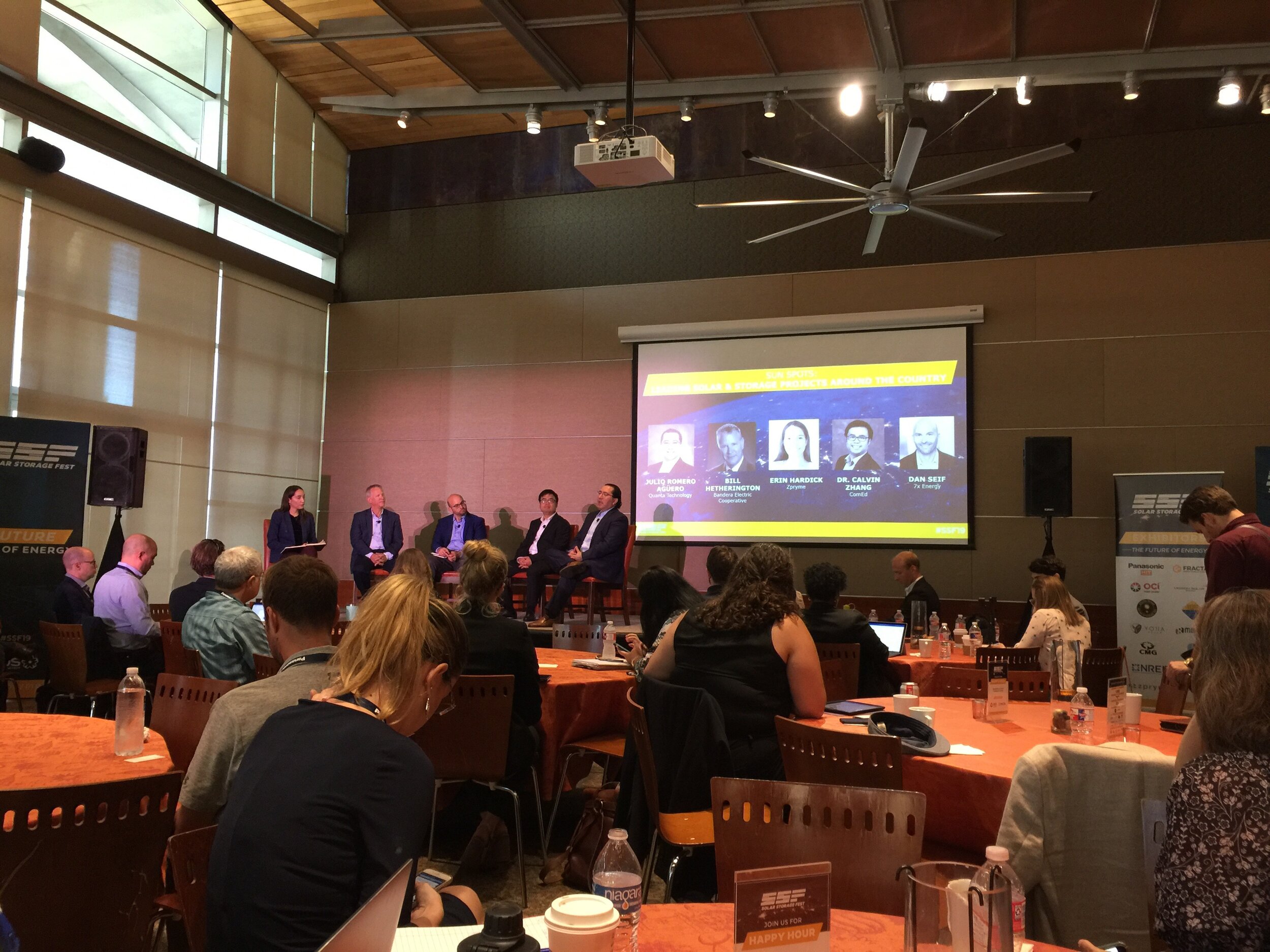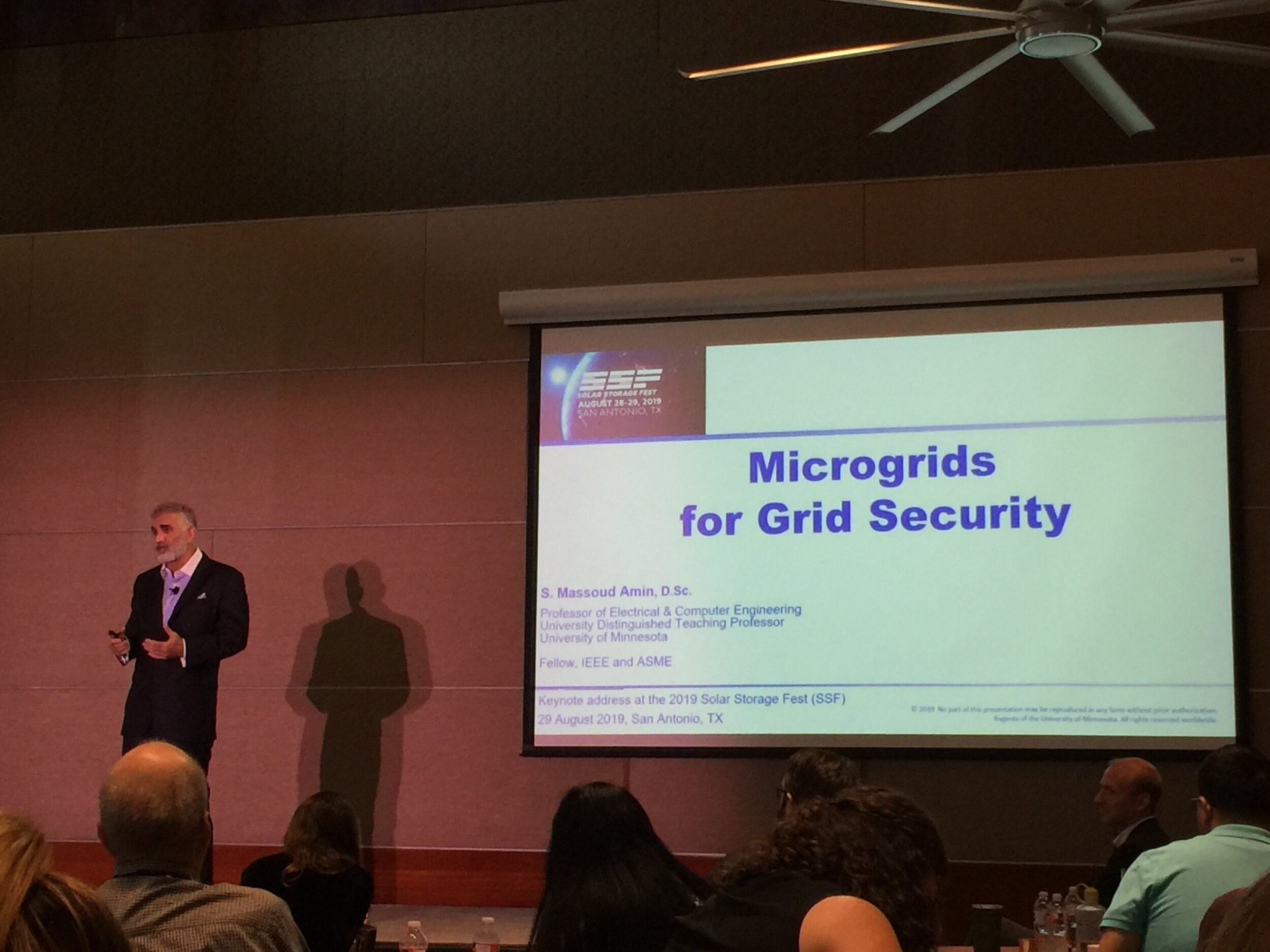The last couple of weeks have been quite productive and promising for the Texas solar industry. The 2019 Solar and Storage Festival (SSF19) was organized by Zpryme in San Antonio to bring experts together to explore market growth opportunities, innovative financing, and how to position solar and battery storage at the center of the energy transition. SSF19 offered opportunities for utilities, industries, and community leaders to participate and share their ideas and concerns, with a focus particularly on the effects of extreme weather on the supply and demand of electricity.
As a person who has advocated fighting for climate change and implementing climate solutions to reduce our vulnerability to the impacts, I am particularly interested in the emerging field of solar energy and battery storage as a part of the climate solution. I found my new employer, Lighthouse Solar, to be a dedicated local company committed to transitioning Texas to clean, affordable, distributed, renewable power sources.
I studied Energy Policy and Administration at Texas Tech University where I was fortunate to have worked on several projects related to climate crisis and energy efficiency. So, I was interested in taking part in SSF19 to explore more about the future of the solar and storage market in Texas. Prior to this opportunity, I participated in Dr. Katharine Hayhoe's classes, panel discussions, and presentations which were instrumental in opening my eyes to the necessity of being prepared for the negative impacts of climate change and reducing communities' vulnerability against climate change. The climate is rapidly changing; reducing carbon emissions, particularly from the energy sector, and shifting our reliance away from fossil fuels toward renewable energy is one of the most important ways to mitigate impacts.
Extreme weather events such as hurricanes and storms across the United States are becoming more frequent and the damage done is exacerbated due to climate change. Communities are affected on a broader scale each year. As the weather gets warmer, hurricanes are exemplifying:
● increased intensity
● increased wind speeds
● more frequent occurrences
● higher levels of precipitation associated with them
● a lead to increased sea-level rise, which further increases storm surge
We have seen all of these characterizations in the past few hurricane seasons. One of the negative impacts of extreme weather are the long-lasting power outages which increasingly threaten vital infrastructures such as hospitals, police stations, and fire departments. The significant role of solar energy, battery storage, and microgrids to maintain a reliable source of energy to the public during these events is undeniable. At the national security level, solar energy and battery storage are paramount to preparing for the magnitude of future impacts.
Why it Matters?
Impacts to the Economy and Security
The reliability, security, and resilience of the energy system are interconnected with every sector of the U.S. economy and frequent outages would have a critical impact on our economy and national security. At SSF19, industries and utilities came together to explore solutions and opportunities to position solar and battery storage at the center of the energy transition to respond to the impacts of catastrophic events. To meet this goal, smart grid and microgrid technology are presented as a key tool in the integration of storage and renewable energy as well as improving communities’ resiliency.
SSF19 provided a thought-provoking dialogue with some of the most influential and forward-thinking individuals and organizations, centered around solar and energy storage solutions. For example, the Sweatt Chair in Technological Leadership and the Director of the Technological Leadership Institute at the University of Minnesota, Dr. Massoud Amin, discussed how solar storage and microgrids can help create a more resilient energy system. His research has shown that the cost of generating electricity by renewable energy is remarkably cheaper than fossil fuels. The Return on Investment (ROI) related to the project, which utilizes renewable energy to generate electricity, was anticipated to be about a year and a half, Read More.
Dr. Amin argues that domestic policy and customers' engagement are the primary drivers for nations to become fossil-fuel-free. He states:
● “Customers engagement is critical to successful policy implementation to enable end-to-end system modernization”
● If the transformation to a smart grid is to produce real strategic value for our nation and all its citizens, our goals must include: “Enable every building and every node to become an efficient and smart energy node”
In my opinion, the most impactful section of SSF19 was energy security and the necessity of implementing smart grids and storage to ensure eliminating long blackouts and providing reliable sources of energy to the nation. The clearest message delivered at SSF19 was the fact that solar photovoltaics (PV) is playing a key role in the energy system transition. Associated costs have fallen substantially so that solar is now competitive with fossil fuel-fired generation in many parts of the world. Many utilities in the U.S. are investing in solar to generate electricity and they have integrated solar with battery storage and smart grids to handle blackouts and peak demands. For example, the Electric Reliability Council of Texas (ERCOT) CEO, Bill Magness, discussed the impact of implementing renewable energy and battery storage on the Texas grid in this era of rapid innovation in the electric sector. He states triple-digit temperatures across Texas are putting a strain on the state's electric grid system. ERCOT manages the flow of electricity for about 90% of the state's customers and can generate a maximum capacity of about 78,000 megawatts of electricity for peak demand, according to ERCOT. However, in Texas, the strain on the grid was so volatile this summer that wholesale electricity prices spiked to $9,000 a megawatt-hour. Thus, he provided an overview of what elements have been driving solar and storage in the ERCOT market over the last few years.

















